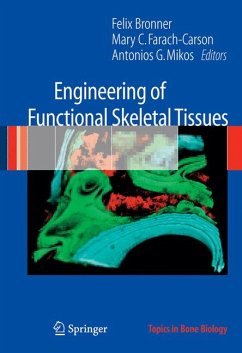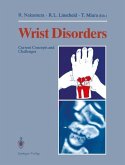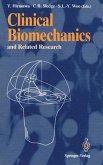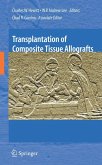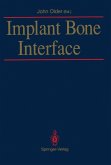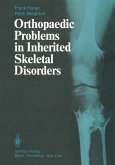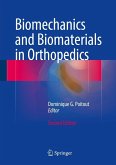The biology of stem cells and cell signals, knowledge needed to make stem cell engineered bone tissue a reality and how to prevent bone allograft infection is discussed. In addition, non-degradable and biodegradable scaffolds, necessary implants to attract bone cells and to build suitable bone replacements follows. Other topics include motion and bone degeneration analysis and how mechanical factors affect bone healing, implants and how they have become a major tool in reparative dentistry and the application of computational modeling to prosthesis design.
Written by acknowledged authorities in their fields, this volume, like the others in the series, has extensive lists of references, many illustrations and tables. The book is of interest to bioengineers, orthopedists, reconstructive surgeons, dentists, physiotherapists and all who work in the fields of skeletal and dental tissue engineering and rehabilitation, as well as basic bone scientists interested in translational research.
Dieser Download kann aus rechtlichen Gründen nur mit Rechnungsadresse in A, B, BG, CY, CZ, D, DK, EW, E, FIN, F, GR, HR, H, IRL, I, LT, L, LR, M, NL, PL, P, R, S, SLO, SK ausgeliefert werden.

